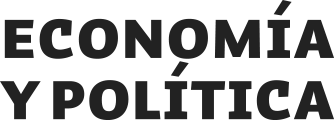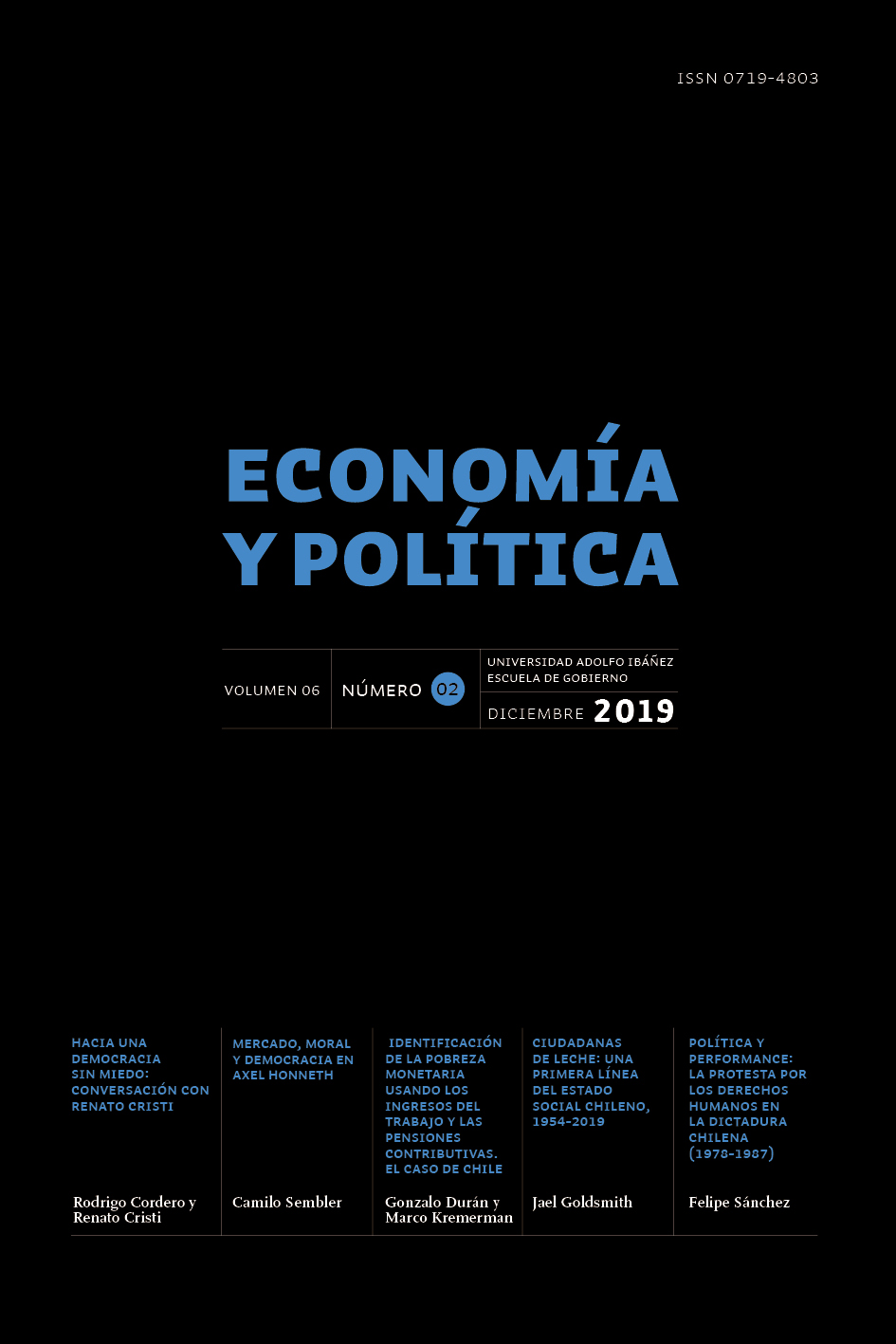Identifying poverty through labor incomes and contributory pensions. The case of Chile
DOI:
https://doi.org/10.15691/07194714.2019.007Keywords:
poverty, microsimulations, low wages, low pensions, quality food basketAbstract
At the end of 2017, while the median income for Chilean workers reached $350,000 (Chilean pesos, CLP), the median contributory pension reached $170,000 (CLP). In this context, the monetary poverty rate was 8.6%, which is the lowest known register. With these salaries and pensions as a backdrop, wouldn’t it be expected a higher monetary poverty rate? based on the unsatisfied basic needs approach, we performed a post-estimation of the monetary poverty rate through the use of computational microsimulation techniques (MSM) to investigate this issue. Two identification rules will be evaluated: i) the exclusive use of household income from work and contributory pensions and, ii) the use of a food basket known as a ‘quality basket’. This study shows that by modifying Sen’s identification criteria, monetary poverty in Chile oscillates between a low threshold of 29.4% (when identifying only according to wages, other labour incomes, and contributory pensions) and 42.8% (when identifying only according to wages, other labour incomes, and contributory pensions plus a quality food basket).


